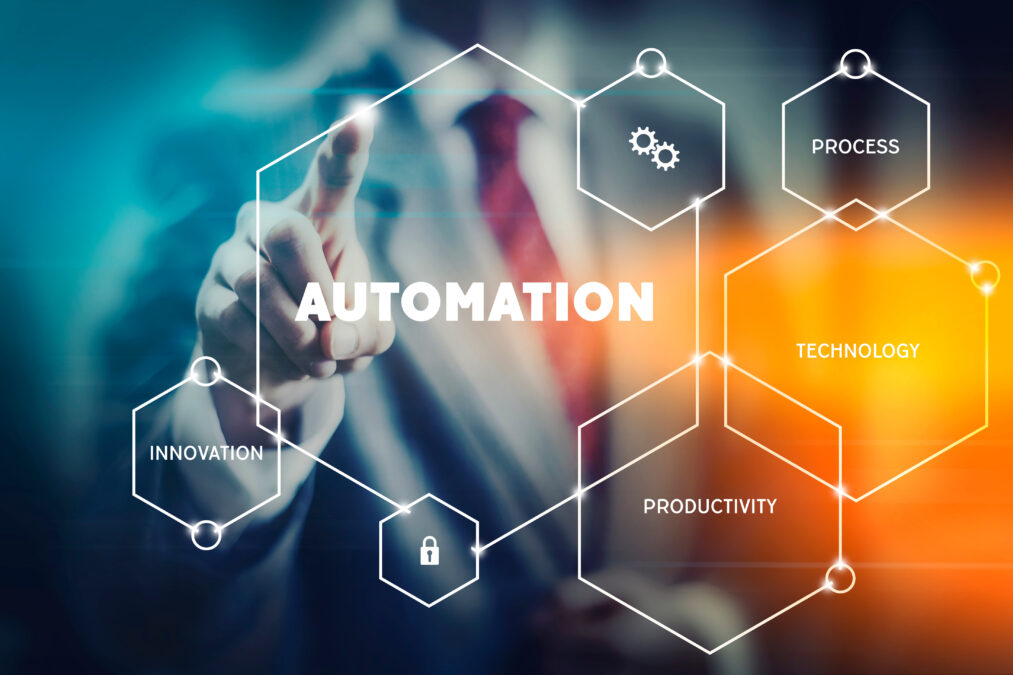Tom Shrive, founder and CEO of askporter, identifies the biggest automation misconceptions, and the real benefits to be gained
In today’s fast-paced and increasingly tech-focused business landscape, automation is often seen as an important way for organisations to get ahead of the competition by streamlining processes and driving efficiencies that save time and money.
According to 2020 figures from Salesforce, 73% of IT leaders have declared that automation is saving employees between 10% and 50% of the time they previously spent doing manual tasks. Meanwhile, a further 57% said that automation technology has also saved departments between 10% and 50% on costs previously associated with manual processing.
It is clear, therefore, that there are many potential benefits to adopting automation, and this is something that businesses are recognising in growing numbers, with McKinsey reporting that 83% of key IT decision makers believe that workflow automation is essential for them to achieve their digital transformation goals.
However, organisations often approach automation based on a series of misconceptions about what the technology will deliver for them in real terms, viewing it as a ‘panacea’ to fix all their problems.
The reality is that automation will not transform things overnight – implementing the technology can often be a slow and methodical process, albeit one that has the potential to be hugely rewarding in the long run. Therefore, it is vital for businesses to have realistic expectations of what automation can achieve, and what they can do to make the transition as smooth as possible.
Don’t take a blanket approach to automation
Unfortunately, pushy IT salespeople and unscrupulous suppliers of automation are often the cause of unrealistic expectations about what automation can realistically achieve for an organisation.
To be clear, automation can be highly effective in certain areas, but you should never take a blanket approach to adopting it across your business. In fact, there are a number of specific processes that should never be automated, especially when it comes to optimising customer experience.
Various aspects of customer service are of low value to businesses, and are therefore ripe for automation as a means of freeing up time and resources to be reallocated to other, more worthwhile areas.
Customer enquiries like rescheduling a booking, or checking the status of an open ticket, for example, tend to be high in volume but low in terms of the value they can add, and do not generally require human interaction to be resolved, making automation an appealing solution.
Despite this, there are stages of the customer journey where a human touch can be irreplaceable. These include instances where the problem a customer is facing may have evoked an acute emotional response from them, and the ability to speak to a human advisor in such a scenario could be hugely comforting and rewarding.
Companies, therefore, should be very wary of automating those areas of their operations where human engagement can offer the most value, and focus instead on automating those parts that tend to be more mundane and offer little tangible value.
Cultural acceptance of automation
Another assumption that needs to be combatted is that automation adoption is as simple as implementing the technology alongside an organisation’s existing practices and processes, but this is simply not true.
In order for automation to be as effective as they hope, business leaders need to ensure that there is cultural acceptance of the technology across the company, which means dispelling any misconceptions among staff that digital solutions are designed to make their roles redundant.
This also involves educating staff about automation and explaining what benefits it will bring not only to the business as a whole, but also to individual’s day-to-day duties. By doing so, business leaders can build trust in the technology that they are introducing, and ensure that a company-wide approach to adoption is taken.
Further to this, it is important for organisations to have those individuals among their ranks who intrinsically understand technology and the benefits that it can deliver. This is because no one understands how a company operates better than those who work for it, and having tech-savvy staff members on board will help with identifying where best to implement the technology.
The entire purpose of automation is, of course, to work independently of humans, but for that goal to be achieved, it first needs to be fully understood and accepted across the whole organisation. Only when businesses are truly ready to accept the technology can the full extent of the benefits it can bring be felt.
Humans and technology must work together
Embracing automation is a significant step for any business to take, and as such it is a decision that needs to be given an appropriate level of thought before diving in.
Business leaders must first consider what it is that they hope to achieve by adopting the technology, and understand what the reality of what it can actually achieve for them is.
Automation should not be treated as a single solution to driving efficiencies and productivity – it needs to be carefully and strategically implemented into existing business operations to have the greatest level of impact, and not just the areas that are the easiest to automate. A full assessment of ease versus impact should be carried out prior to any automation project.
The objective of automation is not to replace humans, but to help them to do their jobs as effectively as possible, and businesses must realise that humans and technology need each other in order to thrive and survive in today’s digital landscape.

Related:
Cobots: the tech attracting the Gen Z workforce — Tim Mercer, CEO of Vapour, discusses how collaborative robots, also known as cobots, are helping companies harness smart technology to improve business operations.
The future impact of artificial intelligence — This article will explore how artificial intelligence is set to impact organisations in the future, gauging the insights of experts in the space.







